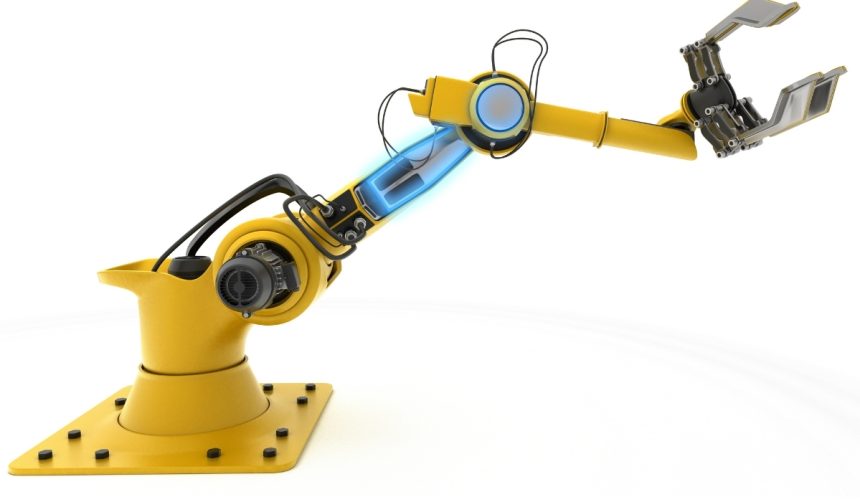In the rapidly growing field of robotics, manufacturers continue developing humanoid models that aim to address diverse needs in research, industry, and society. LimX Dynamics has introduced its latest humanoid robot, LimX Oli, setting its focus on modular design, adaptable use, and integration with modern artificial intelligence. As robotics firms increasingly seek practical deployment outside laboratories, comprehensive toolsets and flexible platforms have become critical features. LimX Oli enters this landscape with three distinct editions, aiming to suit varying demands from education to advanced research.
LimX Oli builds on the company’s previous platforms, such as the LimX CL-1, but unlike earlier research-only models, Oli incorporates improved modularity and expanded support for end effectors. Compared to other brands and prior launches, Oli is taller and heavier, which could influence its balance, load capacity, and real-world use scenarios. Recent coverage of similar robots has highlighted growing attention to modularity and the inclusion of advanced perception tools, but implementations have varied across manufacturers. Notably, LimX Dynamics received recognition for its Tron1 robot, yet the company is now emphasizing its flagship humanoid’s ready-to-use development suite and its seamless update features.
What Sets LimX Oli Apart in Humanoid Robotics?
Distinctive among humanoid robots, LimX Oli measures 165 centimeters tall and features 31 active degrees of freedom, supporting human-like motions for various tasks. LimX Dynamics states the platform comes in Lite, EDU, and Super editions, providing scalability for students, developers, and research professionals. According to the company, the robot’s modular hardware and software allow customization and straightforward component exchange, giving researchers and integrators flexibility for different experiments and real-world applications.
How Does LimX Oli Support Developers and Researchers?
Developers benefit from an open software development kit, which enables access to system data and layered control functions. The modular design also extends to peripherals, with support for both simple two-finger grippers and advanced five-finger hands, facilitating a range of studies in manipulation and task execution. LimX Dynamics elaborated,
“Our open SDK ensures developers can access full-body state, sensor data, and control systems.”
Cloud APIs and local control are integrated into the experience, while over-the-air updates provide motion libraries and new controller modules directly to users.
Will AI Integration Advance Performance and Usability?
The LimX Oli platform also supports onboard deployment of large language models, which allows natural language interaction and sensor data fusion for perception, planning, and embodied reasoning. By enabling real-time use of multi-modal AI, the robot is positioned for research in embodied AI and human-robot interaction. LimX Dynamics commented,
“Our focus is on advancing embodied AI to bridge algorithm research and practical deployment.”
This expansion of capabilities appeals to organizations interested in both algorithm development and operational robot applications.
For institutions and developers seeking a humanoid robot that offers both flexibility and comprehensive developer support, LimX Oli represents a new entry configured with current trends in modularity and AI integration. Choosing an appropriate humanoid involves evaluating not only technical specifications but also platform openness, upgrade options, and real-world adaptability. LimX Oli’s combination of modular hardware, accessible SDK, and support for cloud and AI applications provides an adaptable foundation for research and development. Observers will watch closely as LimX Dynamics demonstrates this system at the World Robot Conference, with its real-world performance and developer uptake likely to inform future developments in the industry. The variety of available editions makes the product relevant for different user groups, from educational initiatives to advanced research teams.










